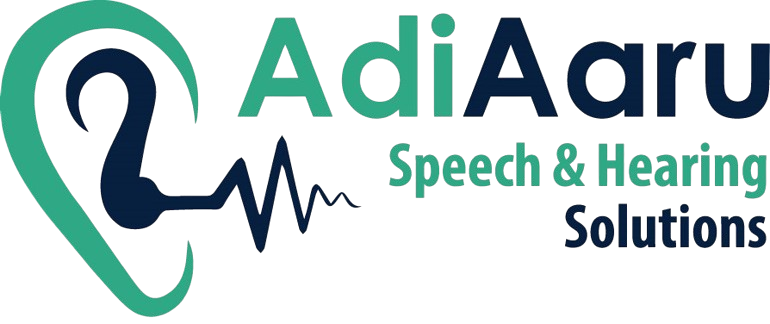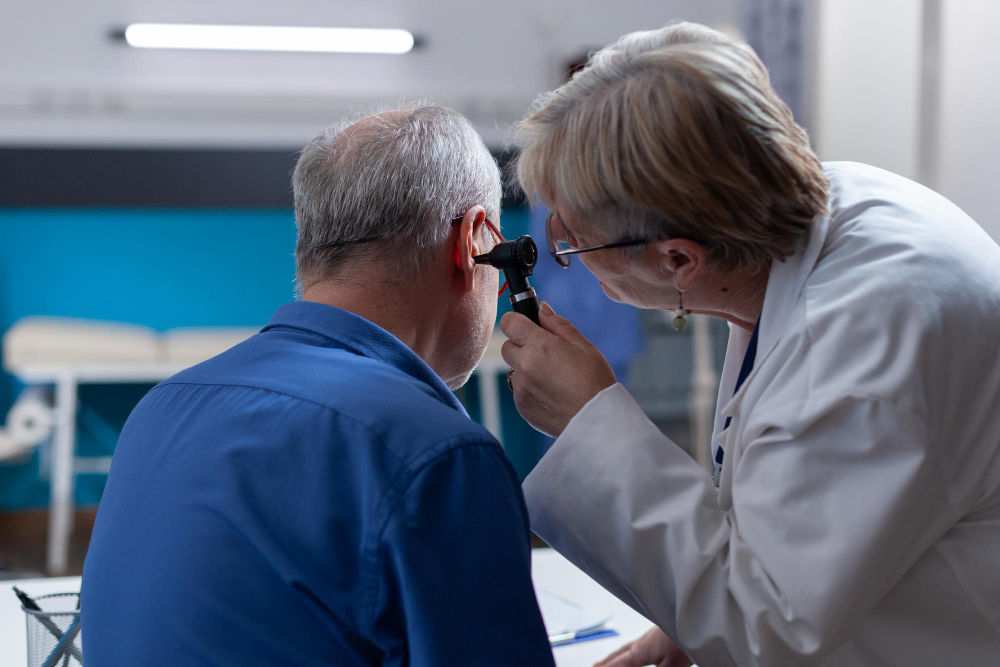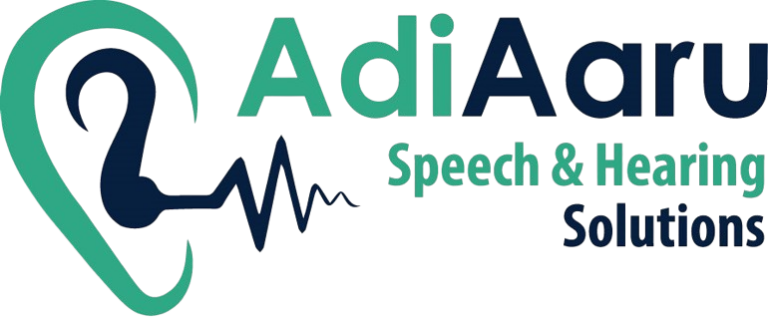Otoneurological testing helps doctors check your hearing and balance. These tests are important for finding problems with your ears or nerves. If you have dizziness, hearing loss, or balance issues, your doctor may suggest otoneurological testing. This guide explains what to expect from otoneurological testing and why it matters for your health.
What Is Otoneurological Testing?
Otoneurological testing is a group of tests that check how well your ears and brain work together. These tests look at your hearing, balance, and nerve function. Doctors use them to find the cause of symptoms like dizziness or ringing in the ears. Because the ear controls both hearing and balance, these tests are very helpful.
Why Is Otoneurological Testing Needed?
Doctors use otoneurological testing to find out why you have certain symptoms. For example, if you feel dizzy or lose your balance often, these tests can help. Sometimes, people have hearing loss or ringing in the ears. In these cases, otoneurological testing helps find the cause. Early testing can lead to better treatment and faster recovery.
Common Symptoms Leading to Testing
Many people have symptoms that may need otoneurological testing. Some of these include:
If you notice any of these signs, talk to your doctor. Early testing can help find the problem quickly.
Types of Otoneurological Tests
There are several types of otoneurological tests. Each one checks a different part of your hearing or balance system. Some common tests include:
Your doctor will choose the right tests based on your symptoms.
How to Prepare for Otoneurological Testing
Preparing for otoneurological testing is simple. However, you should follow your doctor’s instructions. Here are some common tips:
Following these steps can help your test go smoothly.
What to Expect During the Procedure
During otoneurological testing, you will be in a quiet room. The tests are safe and do not cause pain. For hearing tests, you will wear headphones and listen to sounds. For balance tests, you may sit in a chair or follow moving lights with your eyes. Sometimes, the doctor may put small sensors on your head or ears. Most tests take 30 to 90 minutes. You can usually go home right after the tests.
Understanding Your Results
After the tests, your doctor will explain the results. They will tell you if your hearing or balance is normal. If there is a problem, your doctor will discuss the next steps. Sometimes, more tests or treatments are needed. Your doctor will answer your questions and help you understand what the results mean for your health.
Risks and Safety Considerations
Otoneurological testing is very safe. Most people do not have any problems. However, some people may feel dizzy or tired after balance tests. These feelings usually go away quickly. If you feel unwell, tell your doctor right away. The tests do not use radiation or cause harm to your ears or brain.
Frequently Asked Questions
Prevention and Lifestyle Tips
While some ear and balance problems cannot be prevented, you can take steps to protect your health. For example:
These tips can help lower your risk of hearing and balance problems.
For more information, you can visit trusted sources like the World Health Organization (WHO) or the Centers for Disease Control and Prevention (CDC).
Consult a healthcare specialist for personalized advice on otoneurological testing.



